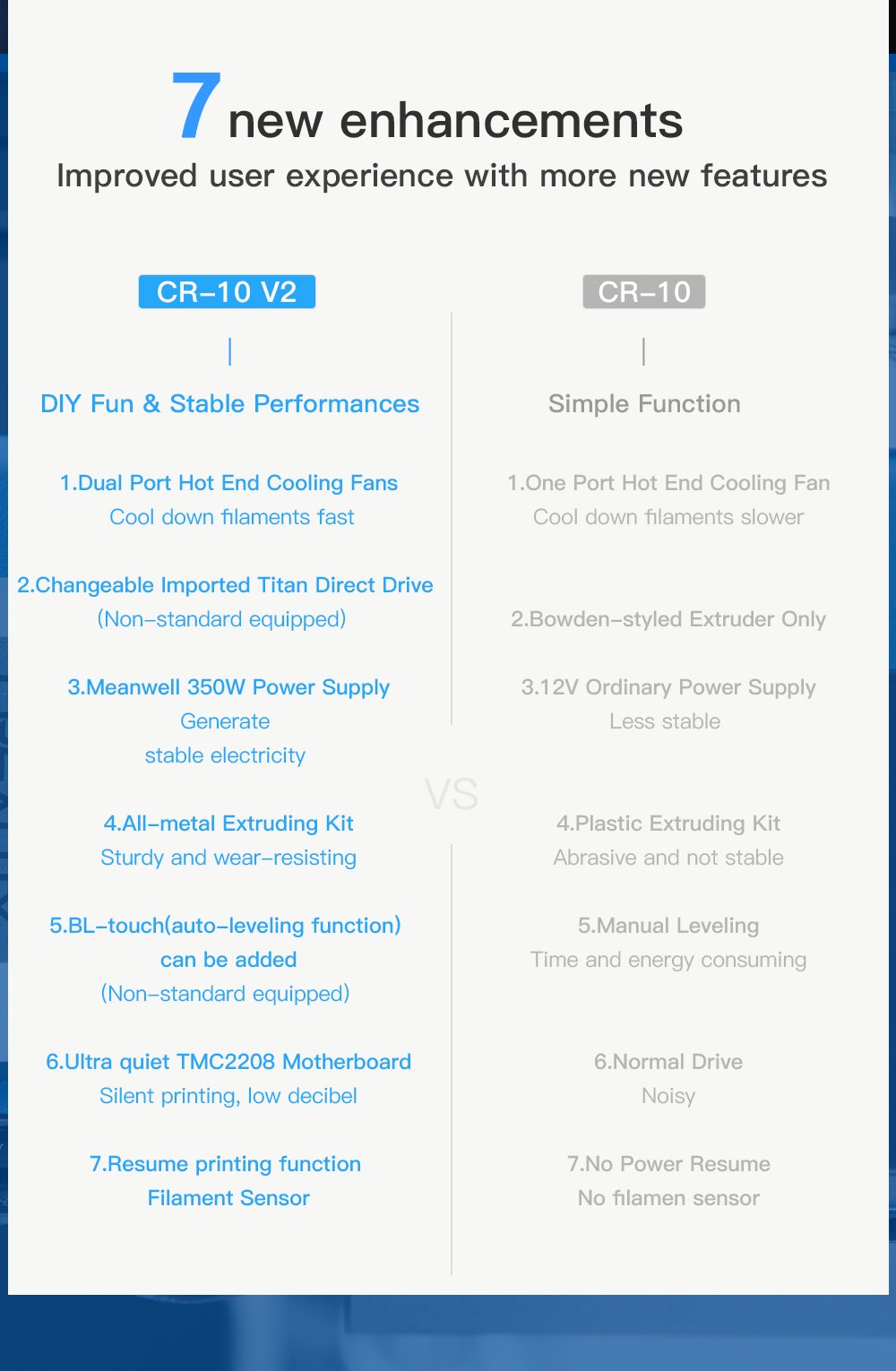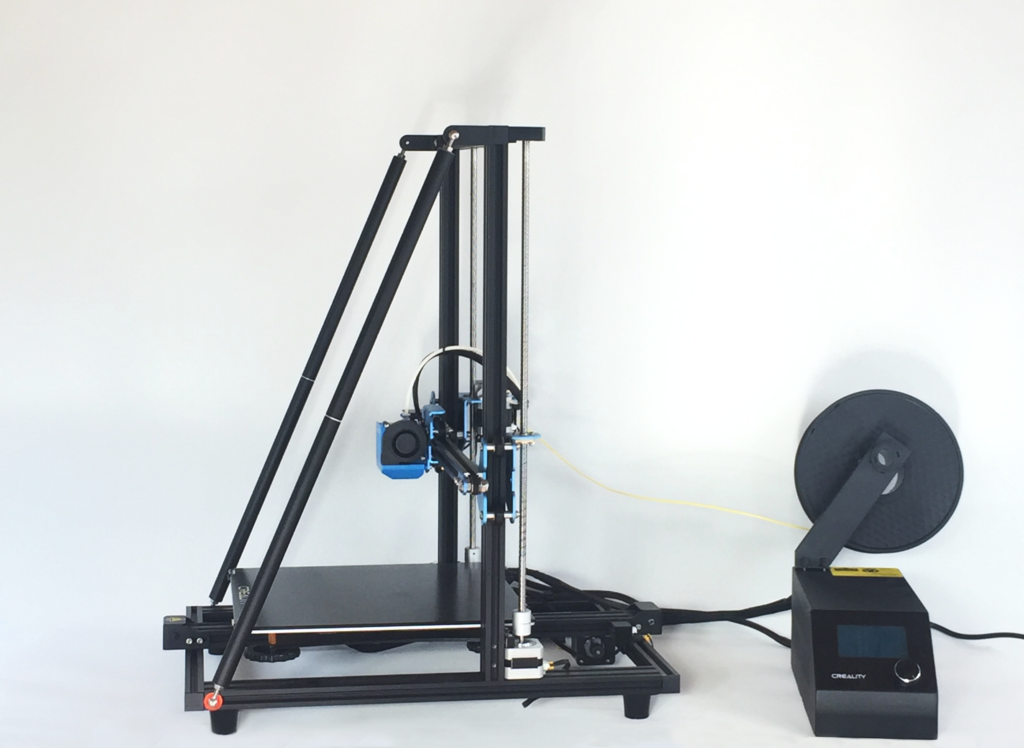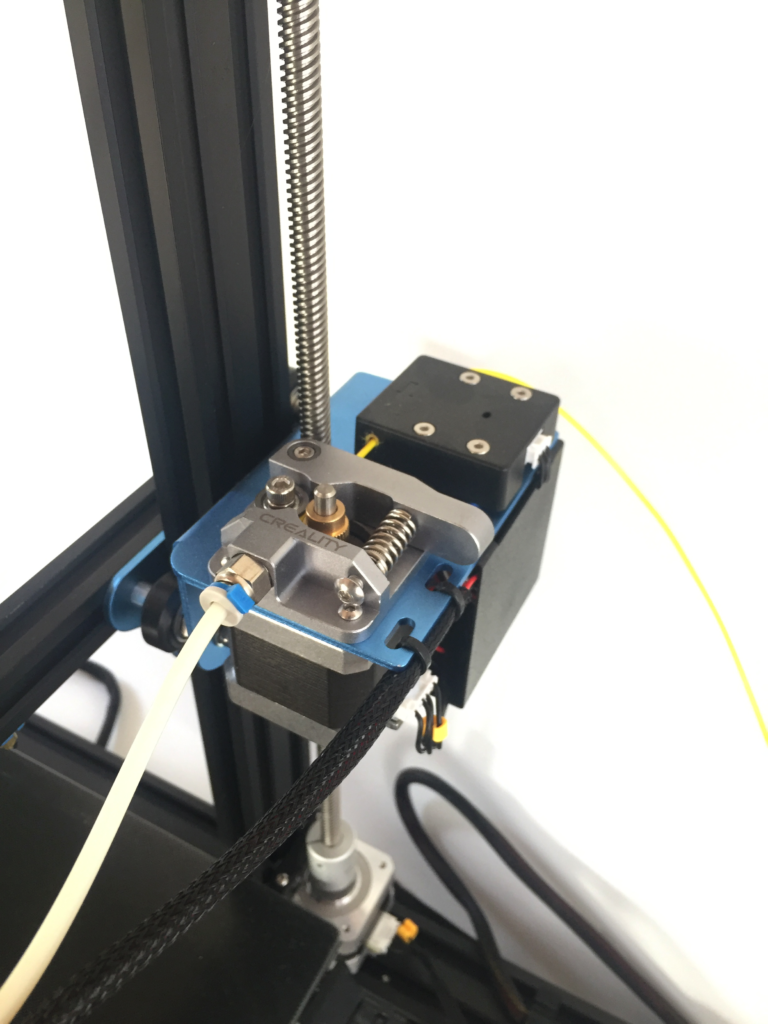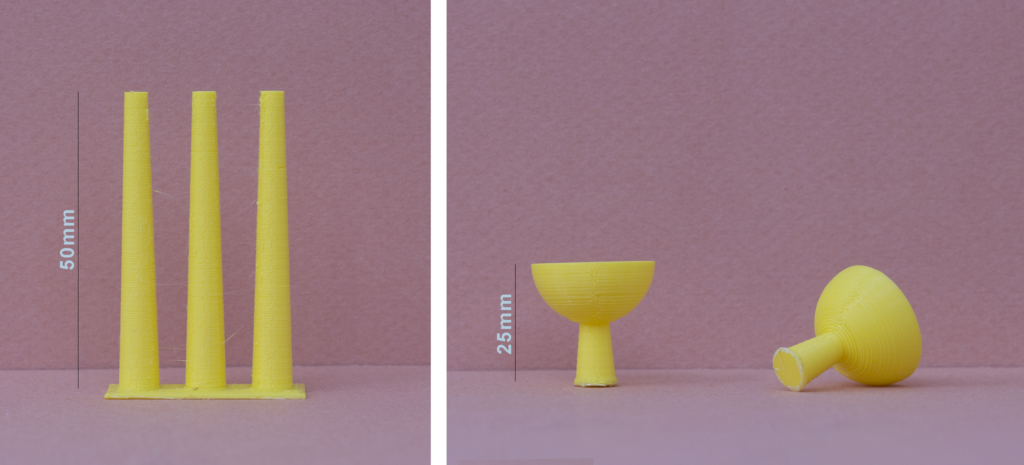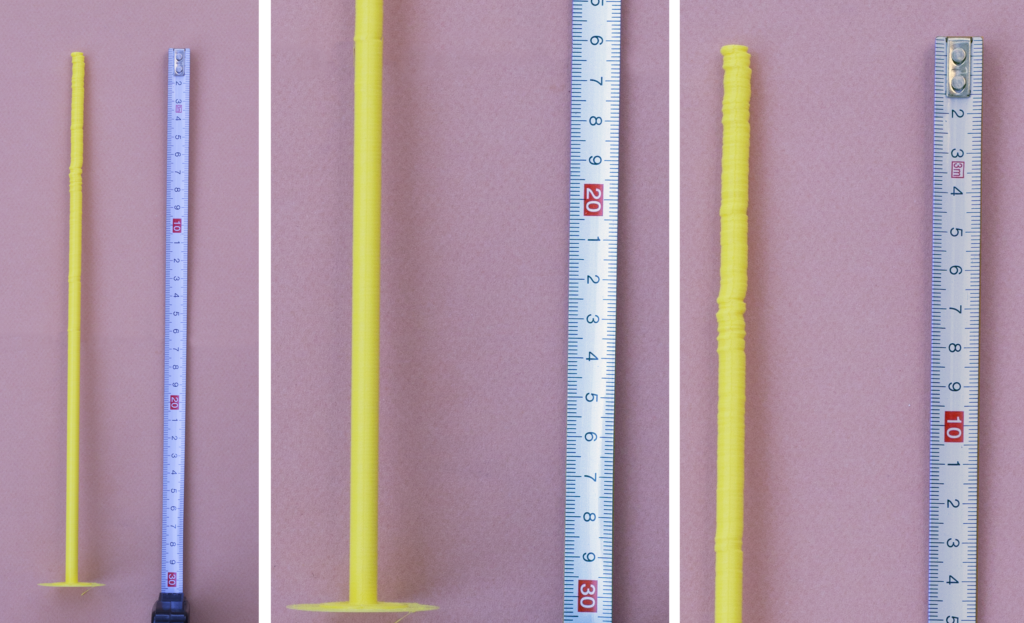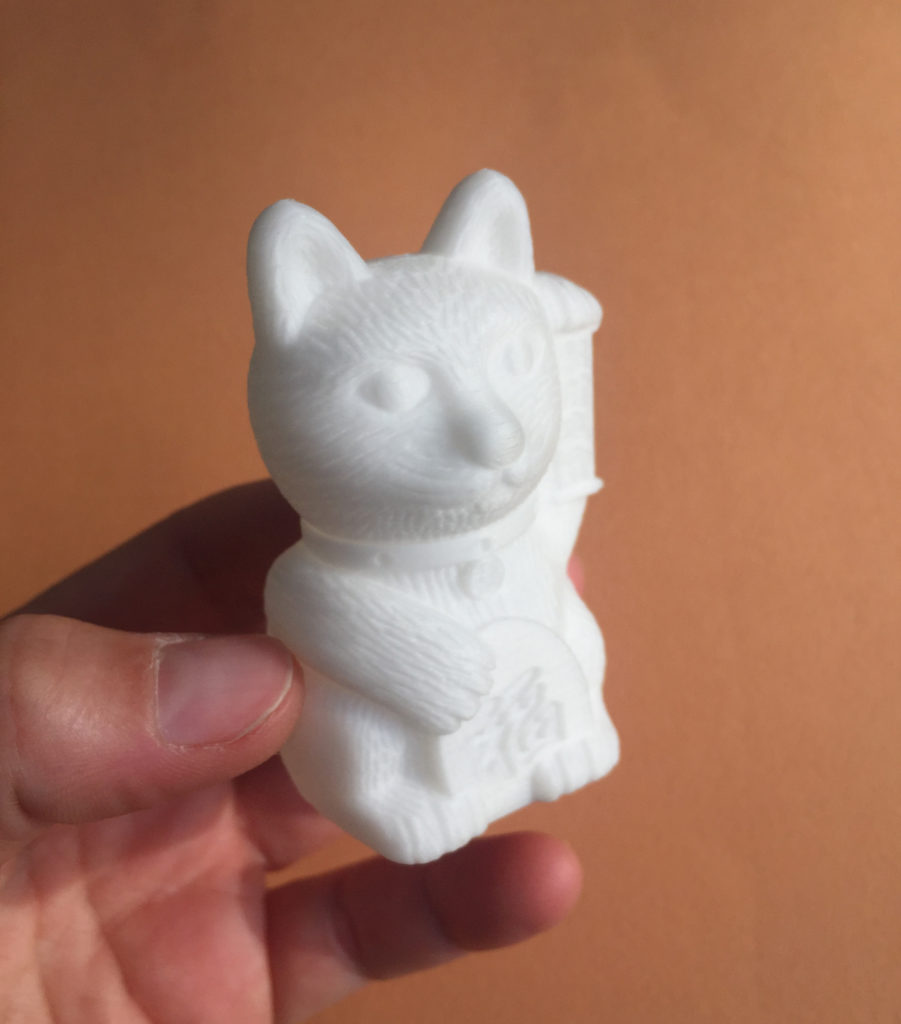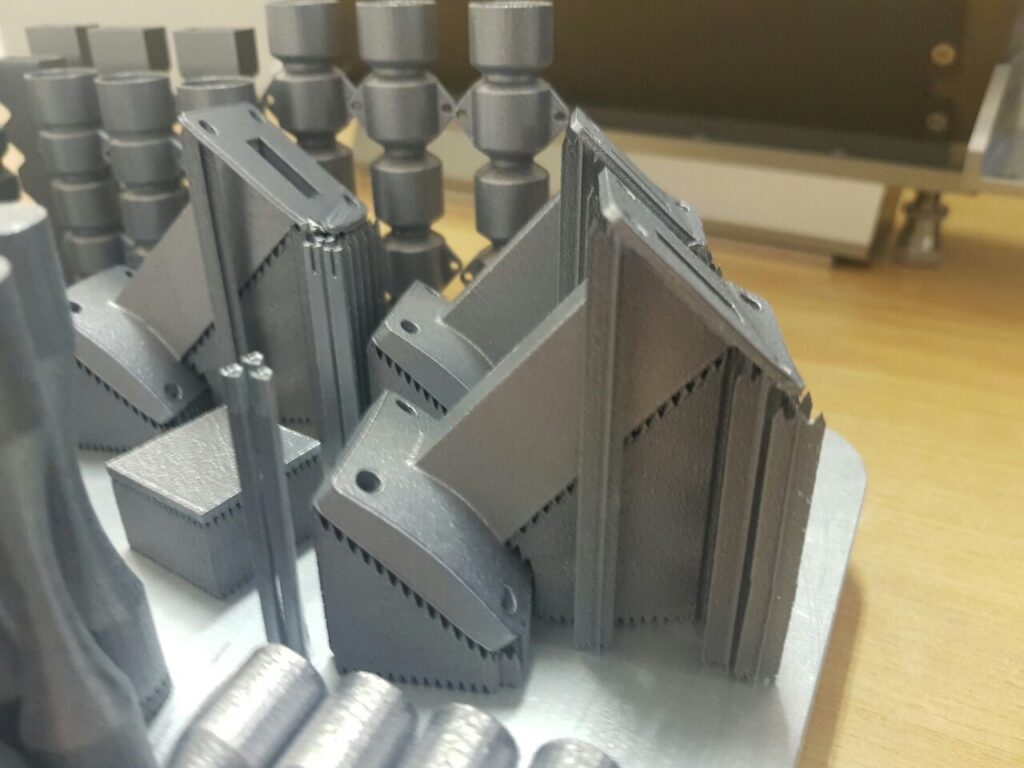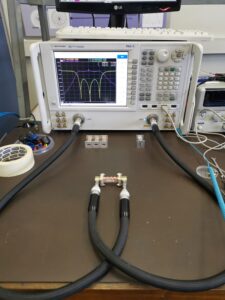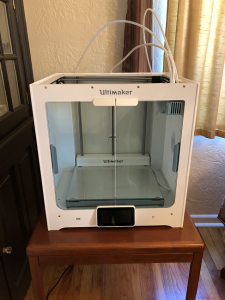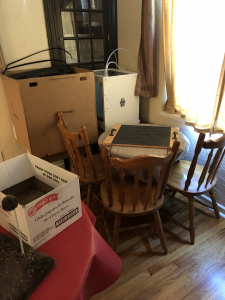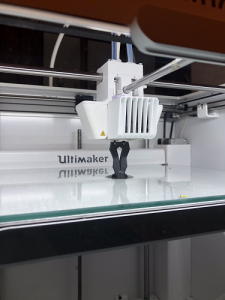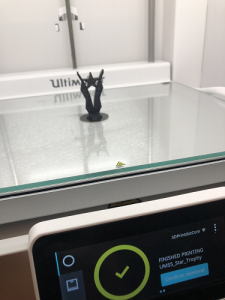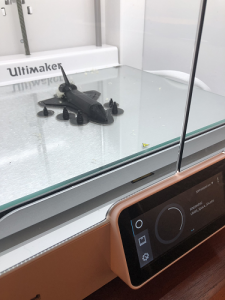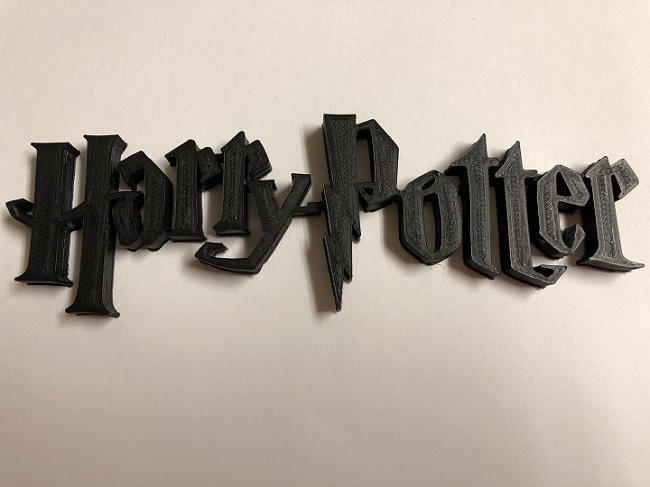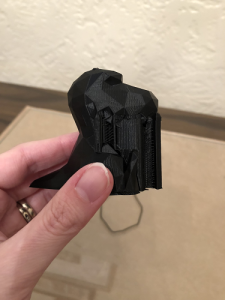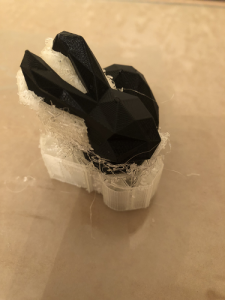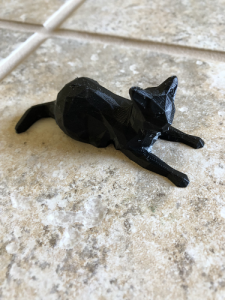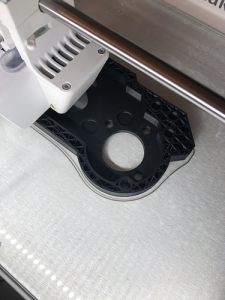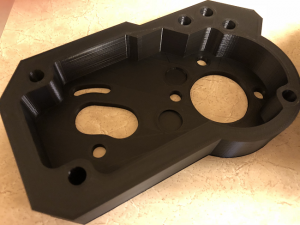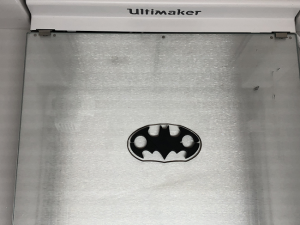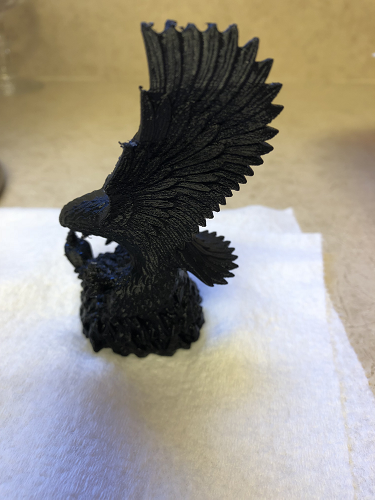I received a pre-production version of the Creality CR-6 SE 3D printer for review a few weeks ago. I’m pleasantly surprised with this solid printer which is currently on Kickstarter for $339 and will be $429 later. It’s a step up from earlier Creality offerings, is relatively easy to use, and dependable. It’s a value for money machine that is an improved version of an Ender with some better components. Safety features, an improved extruder, and a better feeder make this a better printer, suited for beginners and everyday use.
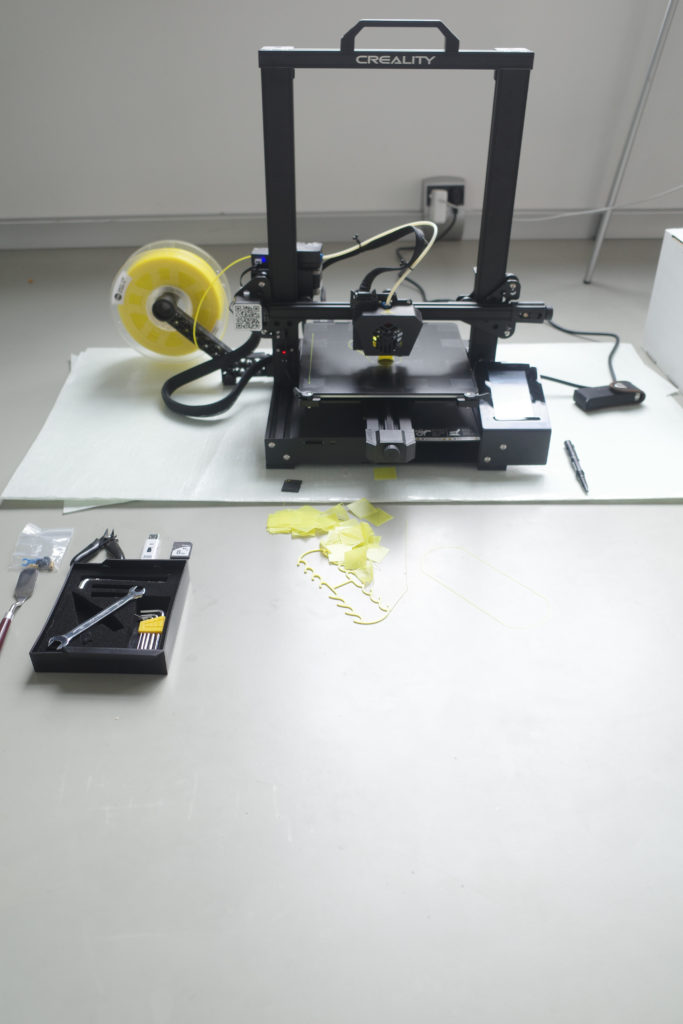
Specs
- 235 by 235 by 250mm build volume.
- Auto-leveling
- Filament end detection
- Touch screen
- Mini USB/SD Card
- Carborundum glass bed
Unboxing
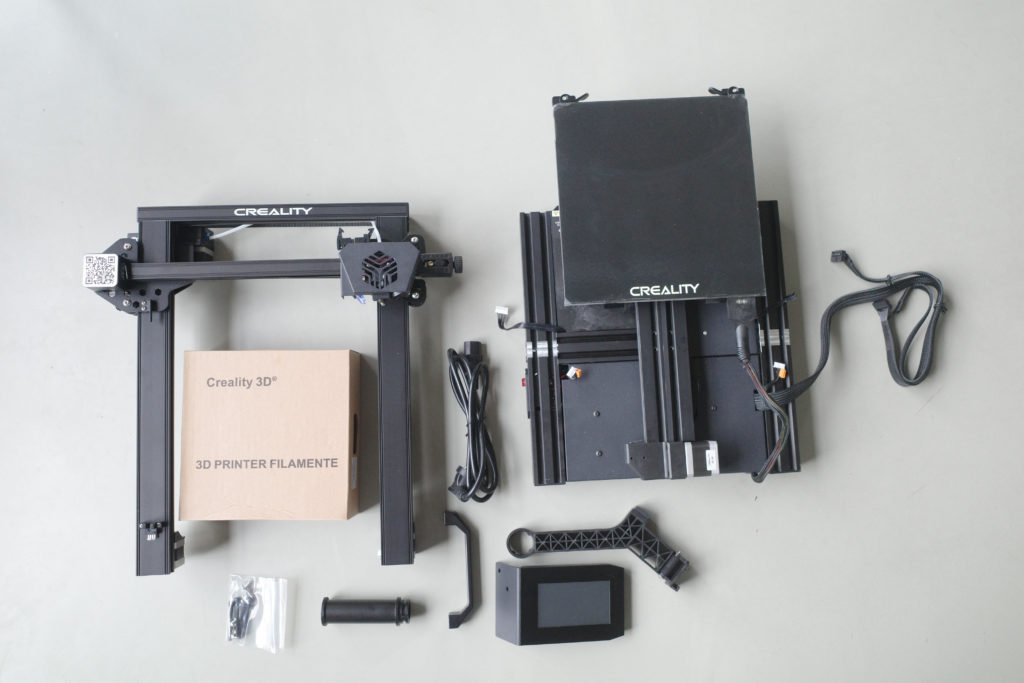
Unboxing the CR-6 was easy and the most difficult thing was the manual. I also didn’t know about the handy little tool drawer beforehand but actually that is quite handy once I managed to find it. The toolset is alright with the little pliers being very handy indeed. I had the printer set up and printing within 15 minutes of unpacking it. One of the only parts where you have to pay attention is in placing the Z stage correctly, so just take some time to make sure that this is perpendicular and that it is placed absolutely level. The other part where you have to pay attention is when placing the main plug on the front of the printer the right way.
Software
I had to update the firmware and the Creality software worked well for the printer. I also tried just regular Cura with a modified Ender profile and this worked well also. I did some prints with Slic3r and this was fine as well. The Creality software is relatively easy to use and easy for beginners as well. There were some issues with saving to the SD cards with my own SD cards not working and certain file names being too long or having exotic characters and not working either. The workarounds were to format my SD cards and to shorten the file names.
Touchscreen
I had some issues with the touchscreen crashing but this was due to me having a preproduction version and was fixed. Other than that, the touchscreen works well and is super simple to use every day. Menus that you need are very accessible. Part of me wanted more accessible tuning options but that would make it more complex to understand.
Leveling & Filament End Detection
Bed leveling worked like a dream on the printer and was super easy. Filament end detection and pausing prints worked as well. I also ripped out filament and the software paused the print and let me feed new filament back in again. These features are all very handy and work well.
Carborundum glass build plate
This part really threw me. The first week I totally completely loved the build plate which is a coated glass plate that works like a dream for PLA. I tried several PLA variants and they all worked well. After intensive use however, there were some adhesion issues especially with prints that had little initial surface area. I found it more difficult to clean this plate compared to regular glass also. I had real issues with the adhesion of ASA, ABS and PETG variant materials on the build plate. I’d recommend another build surface if you’d like to vary your materials. If you don’t damage the plate it works wonderfully with PLA though, so do be careful when removing prints.
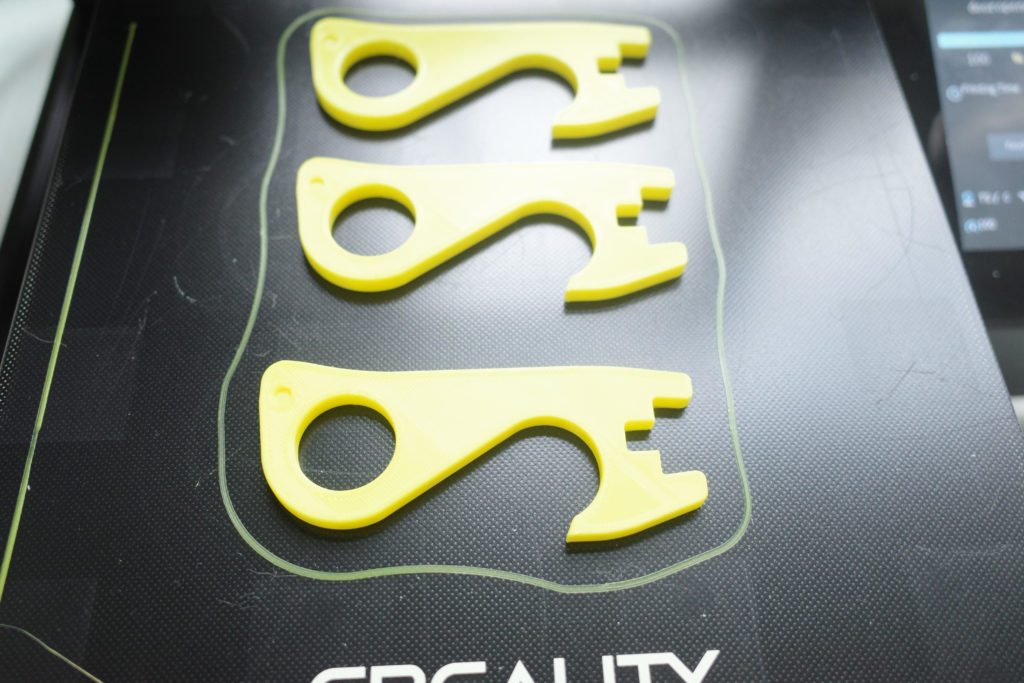
Chassis
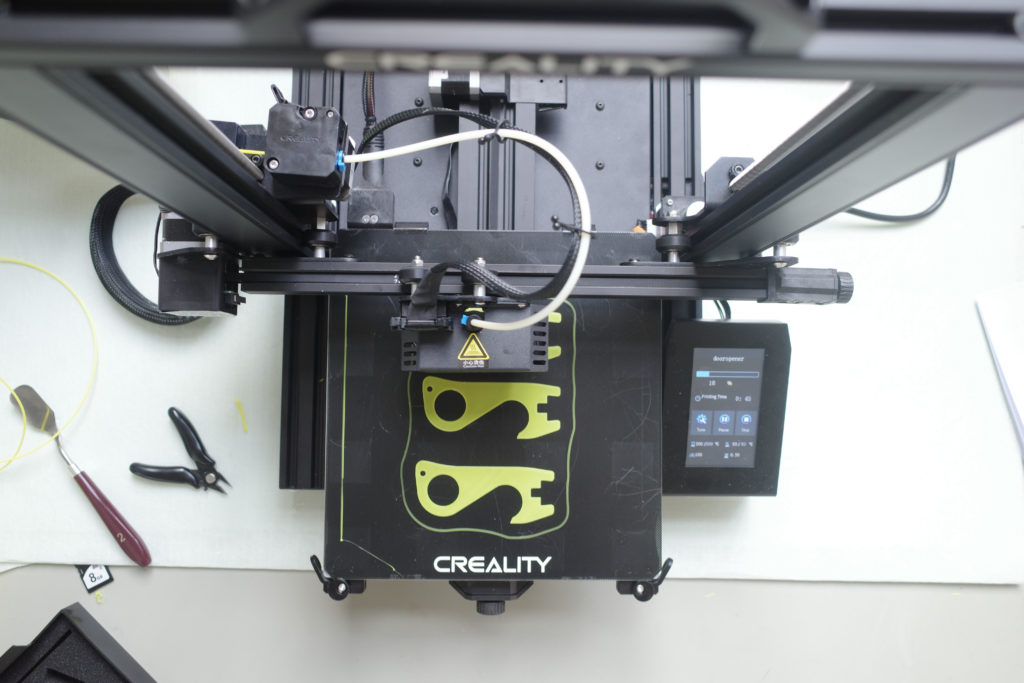
The aluminum extruded profile chassis of the printer with the power supply in it makes for a solid base and reduces vibrations and misprints when compared to other similar printers. On the whole, components are more well made than we expect in this price category. Machining and finishing was, on the whole, better than comparable printers as well.
General operation
It’s a simple system to use and general maintenance stuff such as belt tensioning, leveling, and printing is straightforward. Compared to similarly priced systems it is quiet and just pumps out print after print in PLA. You can hear the fans work but little else. After my testing, I started making dozens of ear savers for friends and acquaintances and it just kept on working well. For PLA it’s a dream at this price point. Feeding in filament was easy as was removing it. I found that for me it worked better with an external spool holder.
Prints
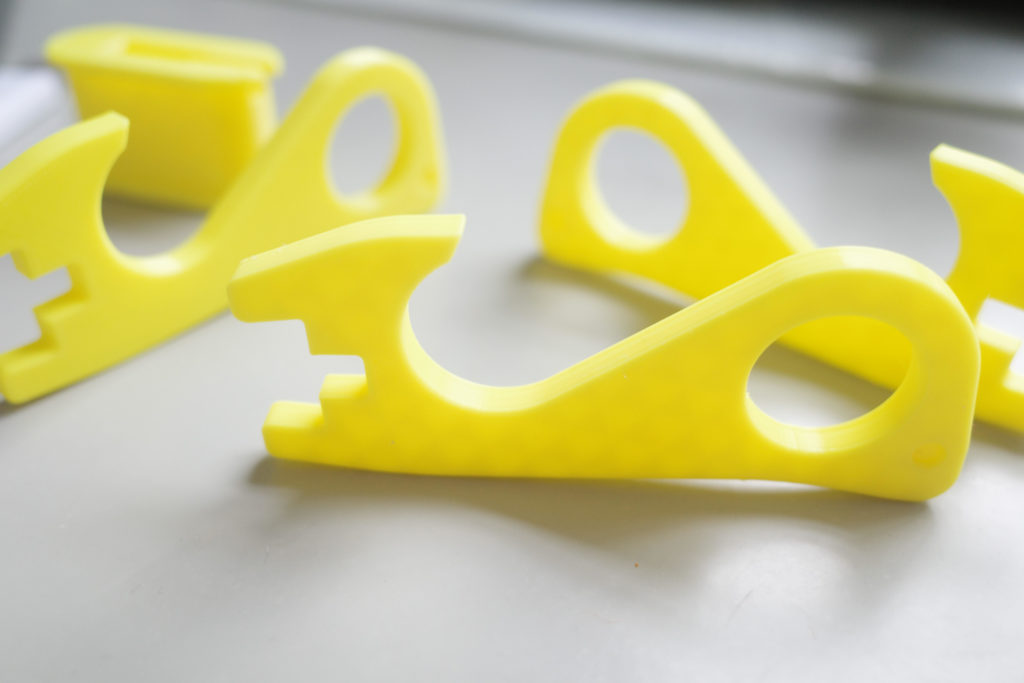
Prints for PLA were good with the default settings and default operation working well. The printer was reliable and gave a good surface finish straight out of the box. Small tweaks improved this so that one could reliably make PLA prints that looked good.
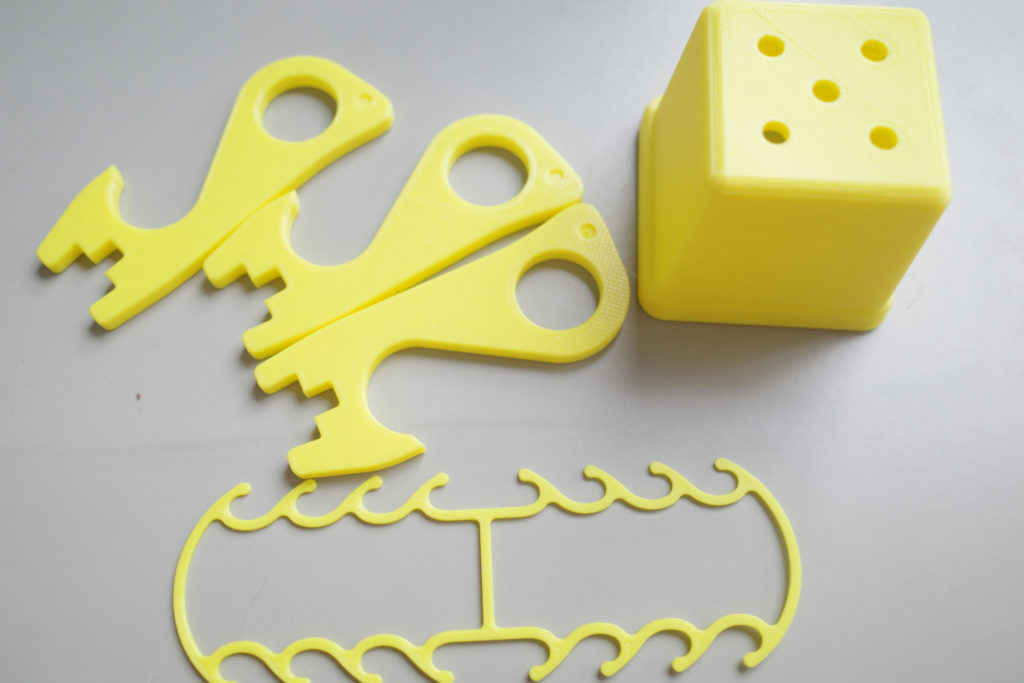
Opinion
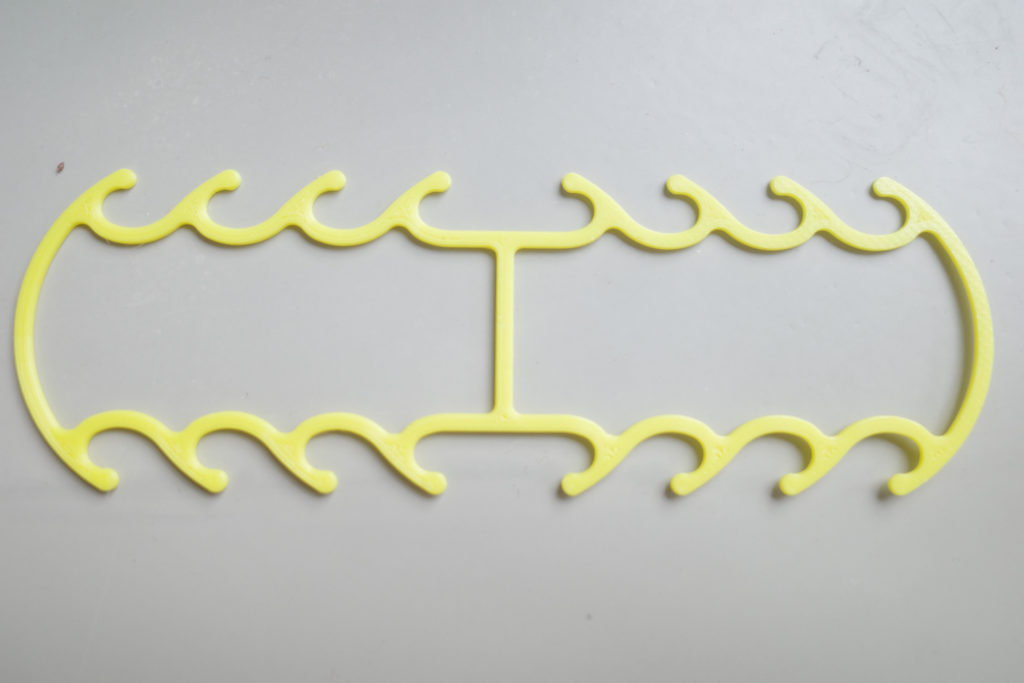
This is a surprisingly solid 3D printer for the price. For entry-level systems this is a step forward in ease of use, components, the chassis, and in general operation. All of the leveling and day to day operation features work well. Both the feeder and nozzle are significant steps up from previous Creality designs. For PLA it works well but with the standard build platform, ABS and other materials are just not possible. Also, I’m not sold on the longevity of the coating on the platform either. This can be remedied through a BuildTak or other build plate though. All in all this is a good printer that offers a lot of value for money for the price.
The post 3DPrint.com Review of the Creality CR-6 SE appeared first on 3DPrint.com | The Voice of 3D Printing / Additive Manufacturing.

